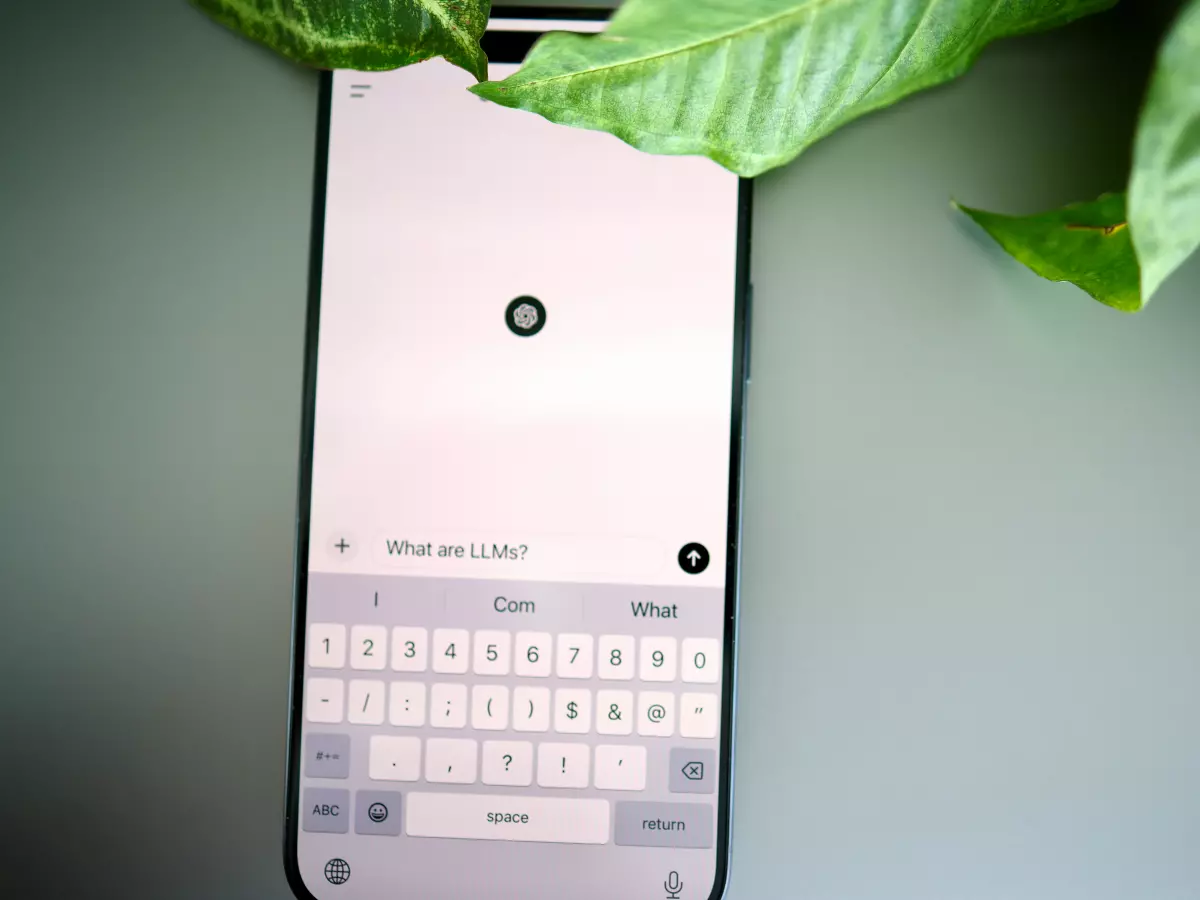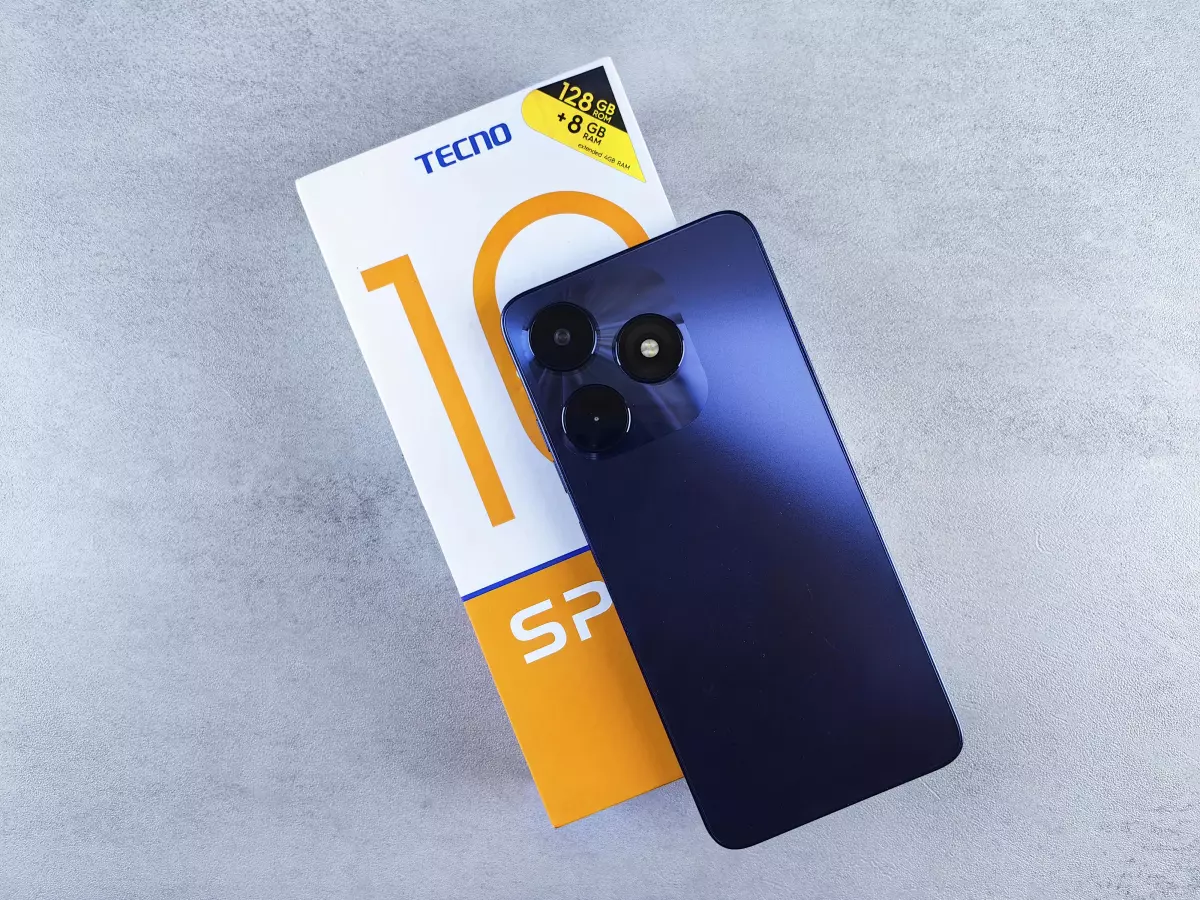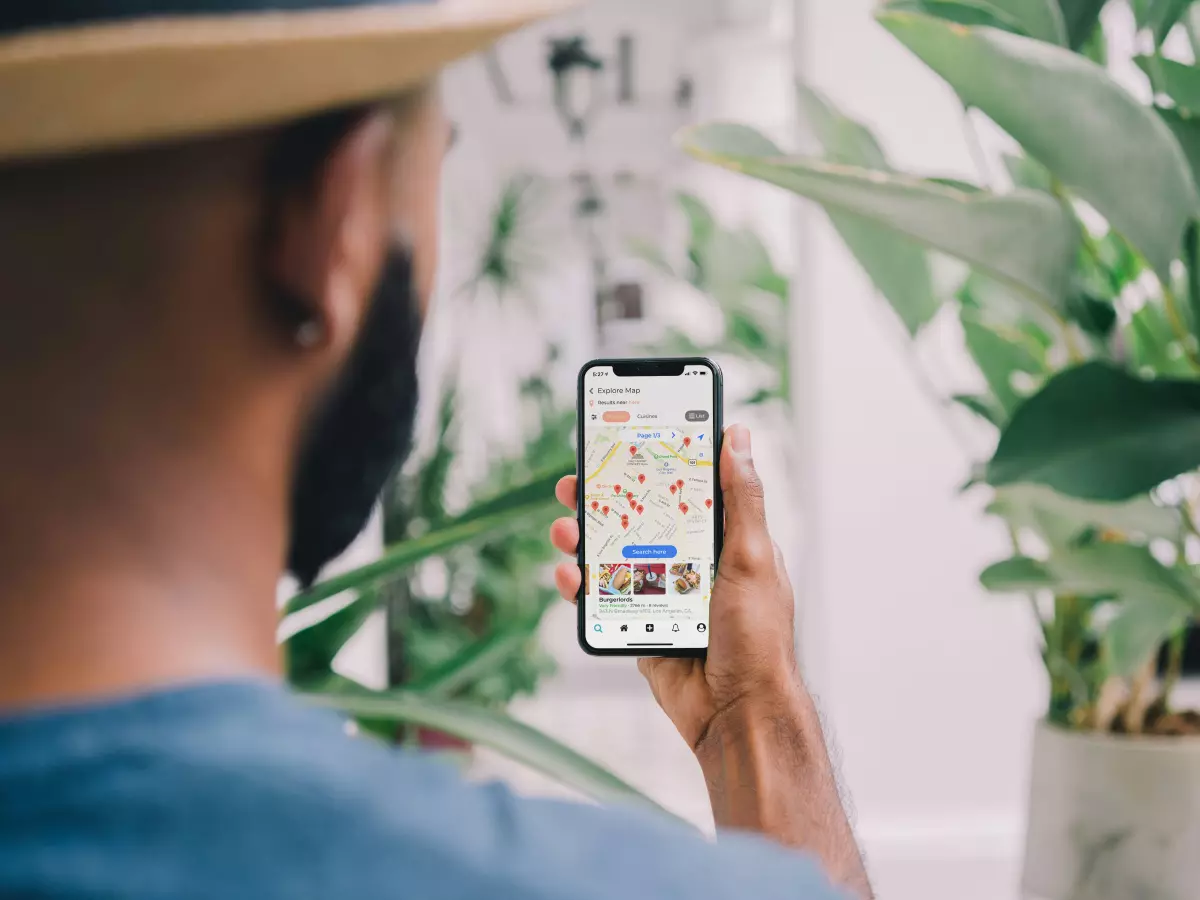Satellite Toggle Drama
Apple’s obsession with control is no secret, but is the new satellite connectivity toggle in iOS 18.1 just another way to keep us tethered to their ecosystem?

By Isabella Ferraro
Let’s start with the facts: iOS 18.1 beta 6 might introduce a satellite connectivity toggle in the Control Center, according to 9to5 Mac. Now, before you roll your eyes and think, “Another toggle? Big deal,” let’s break down why this might actually be a game-changer.
First off, satellite connectivity isn’t new for Apple. They’ve been dabbling in it since the iPhone 14, which introduced emergency SOS via satellite. But this new toggle in iOS 18.1 could make satellite connectivity more accessible, putting it right at your fingertips in the Control Center. That’s a big leap from the current setup, where satellite features are hidden deep in the settings or only activate during emergencies.
So, why should you care? Well, imagine you’re hiking in the middle of nowhere, no cell service, no Wi-Fi, and suddenly you need to send a message or call for help. With this new toggle, you could potentially switch to satellite mode instantly, without fumbling through menus. It’s like having a lifeline in your pocket, and it’s not just for emergencies anymore.
More Than Just a Lifesaver?
Here’s where things get interesting. If Apple is making satellite connectivity more accessible, could this be a sign that they’re planning to expand its use beyond emergencies? Think about it: satellite internet, satellite calls, satellite texts—this could be the future of staying connected in remote areas. And if Apple is leading the charge, you can bet other tech giants will follow.
Of course, there’s a catch. Satellite connectivity isn’t free. Right now, emergency SOS via satellite is included for two years with the purchase of an iPhone 14 or later, but what happens after that? Will we see subscription plans for satellite services? Knowing Apple, they’re probably already working on a way to monetize this feature. And let’s be real, we’ll probably pay for it because, well, it’s Apple.
What’s the Catch?
Another thing to consider is battery life. Satellite connectivity is power-hungry, and while Apple’s iPhones are known for their decent battery life, adding a satellite toggle could drain your battery faster than you’d like. So, sure, you might be able to send a message from the top of a mountain, but will your phone have enough juice to take a selfie when you get there?
Then there’s the question of privacy. With satellite connectivity, your phone is essentially pinging off satellites in space. Who’s tracking that data? And how secure is it? Apple has always prided itself on privacy, but with more connectivity comes more risk. Will this new feature open the door to more surveillance, or will Apple find a way to keep our data safe in the stars?
What’s Next?
So, what does this mean for the future of iOS and iPhones in general? If Apple is serious about expanding satellite connectivity, we could be looking at a whole new era of mobile communication. Imagine a world where you’re never truly “off the grid,” where you can always stay connected, no matter where you are. It’s a tantalizing thought, but it also raises questions about how much control we’re willing to give up for the sake of convenience.
At the end of the day, the new satellite connectivity toggle in iOS 18.1 could be a small step toward a much bigger shift in how we use our devices. Whether it’s a step forward or just another way for Apple to keep us hooked on their ecosystem, only time will tell.
As Steve Jobs once said, “Innovation distinguishes between a leader and a follower.” With this new feature, Apple is clearly positioning itself as a leader in satellite connectivity. The real question is: Are we ready to follow?





